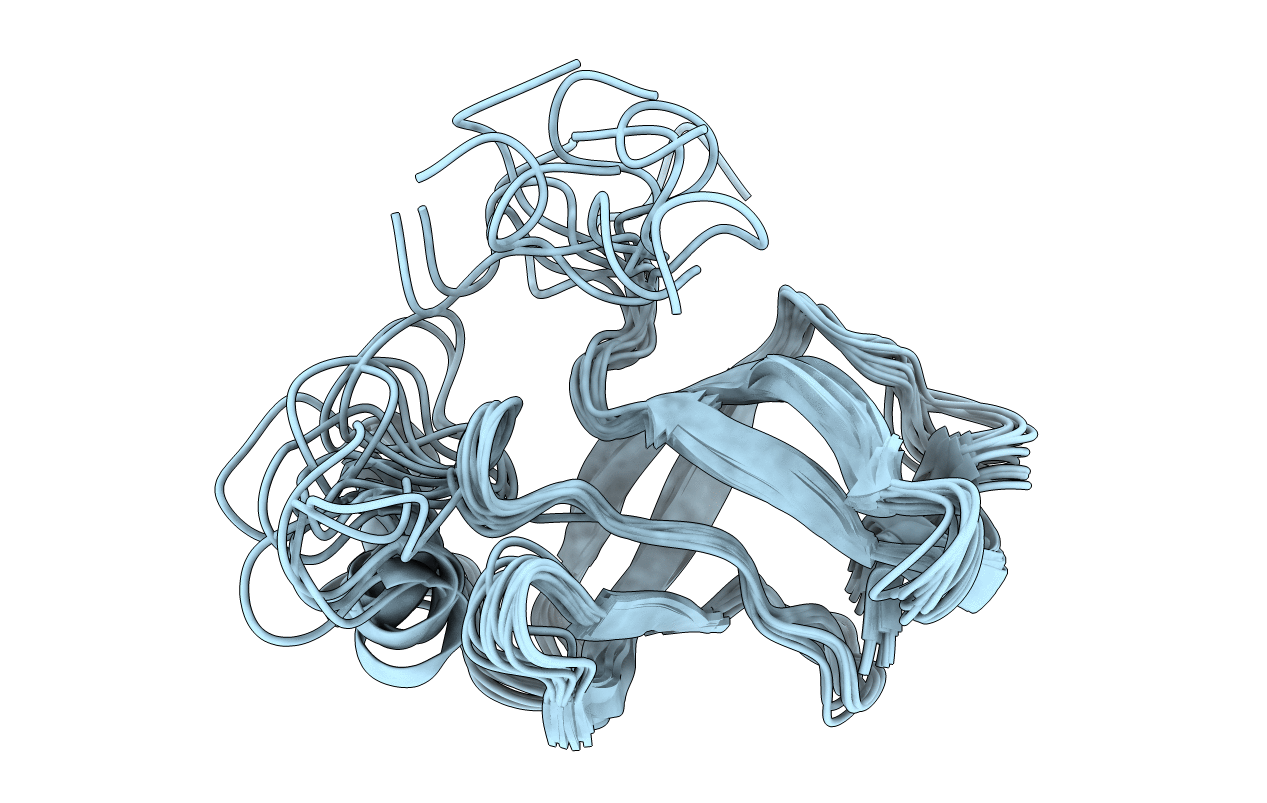
Deposition Date
2009-04-07
Release Date
2009-10-20
Last Version Date
2024-05-29
Entry Detail
PDB ID:
2KHJ
Keywords:
Title:
NMR structure of the domain 6 of the E. coli ribosomal protein S1
Biological Source:
Source Organism:
Escherichia coli (Taxon ID: 562)
Host Organism:
Method Details:
Experimental Method:
Conformers Calculated:
100
Conformers Submitted:
12
Selection Criteria:
12 structures for lowest energy


